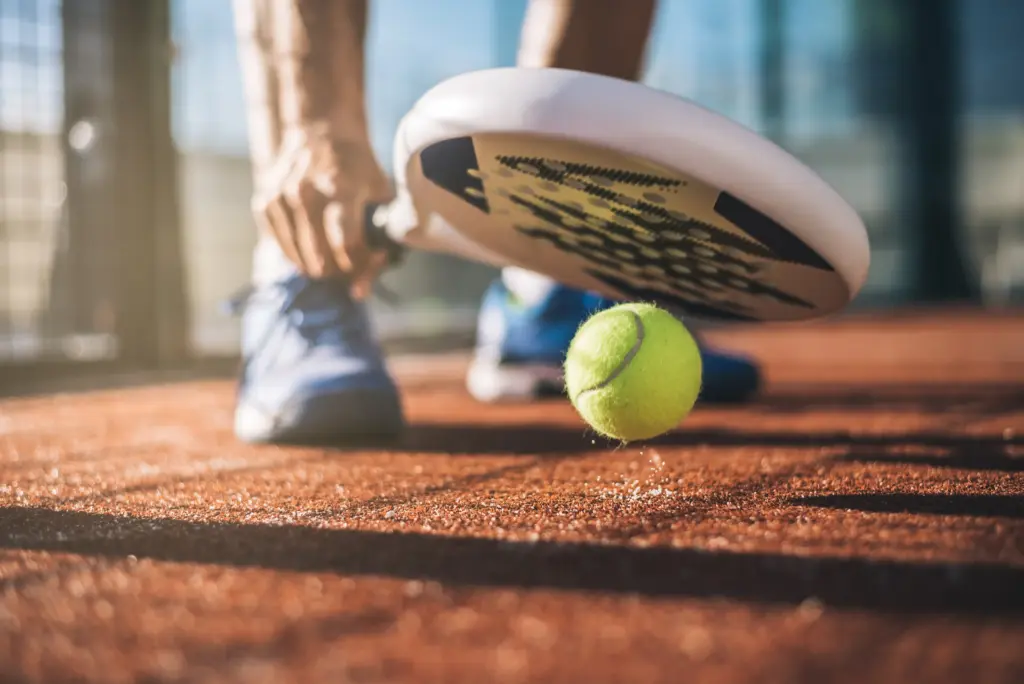The expansion of padel is not a joy for everyone. While the growing popularity of this sport has spurred the development of numerous padel courts worldwide, igniting enthusiasm among fans who now find their favorite sport more accessible, it has also sparked concern and opposition from nearby residents due to noise pollution.
As we witness the surge in popularity, cities globally are embracing this trend, resulting in a widespread establishment of padel courts. This phenomenon has certainly thrilled fans who enjoy having their sport within easy reach. However, this expansion comes with its own set of challenges.
Noise pollution has emerged as a significant issue for residents living near these courts. A typical padel match can generate noise levels approximately 20dB higher than a tennis match. This increase is due to:
- The impact of the ball against glass walls.
- Contact with court meshes and carbon fiber rackets.
- The sport’s nature of prolonged exchanges.
These factors combined have quickly brought attention to the noise concerns associated with padel.
One of the most notable examples of this controversy is in the Netherlands. Here, padel has seen rapid growth in recent years. In numerous instances, courts have been constructed close to residential areas, inevitably leading to discontent among the locals.
As the sport continues to flourish, balancing the enthusiasm of players with the concerns of residents remains a crucial challenge.
With the growing popularity of padel, ensuring a harmonious relationship between padel clubs and their surrounding local communities has become increasingly critical. Recognizing this need, it was concluded that introducing specific regulations is essential to address the issue effectively.
The Role of KNLT and NOC*NSF
The KNLT, the Dutch tennis and padel association, in collaboration with the Dutch Olympic Committee NOC*NSF, has taken the lead in tackling this challenge. As the custodian of all sports infrastructure guidelines in the country, they engaged in thorough discussions. This involved conducting tests, examining various legislative texts, and reviewing land-use planning guidelines along with studies related to noise pollution.
Introducing the “Padel and Noise” Manual
The culmination of these efforts is the creation of the “Padel and Noise” manual. This comprehensive guide sets the maximum allowable noise limit for a padel court, stipulating that noise during a match must not exceed 91dB on newly built outdoor courts. These regulations are a significant step forward in balancing sports enthusiasm with community well-being.
Implications for Padel Court Installers and Club Owners
The introduction of these new guidelines has prompted padel court installers and club owners to adapt accordingly. They are now exploring innovative solutions that ensure compliance with these noise limits, thereby avoiding any complications in securing necessary permits and preventing potential penalties.
- Conducting noise assessments to ensure compliance.
- Implementing soundproofing measures on court boundaries.
- Engaging with local communities to address concerns proactively.
These proactive measures are paving the way for a sustainable future of padel, aligning the interests of both players and communities alike.

